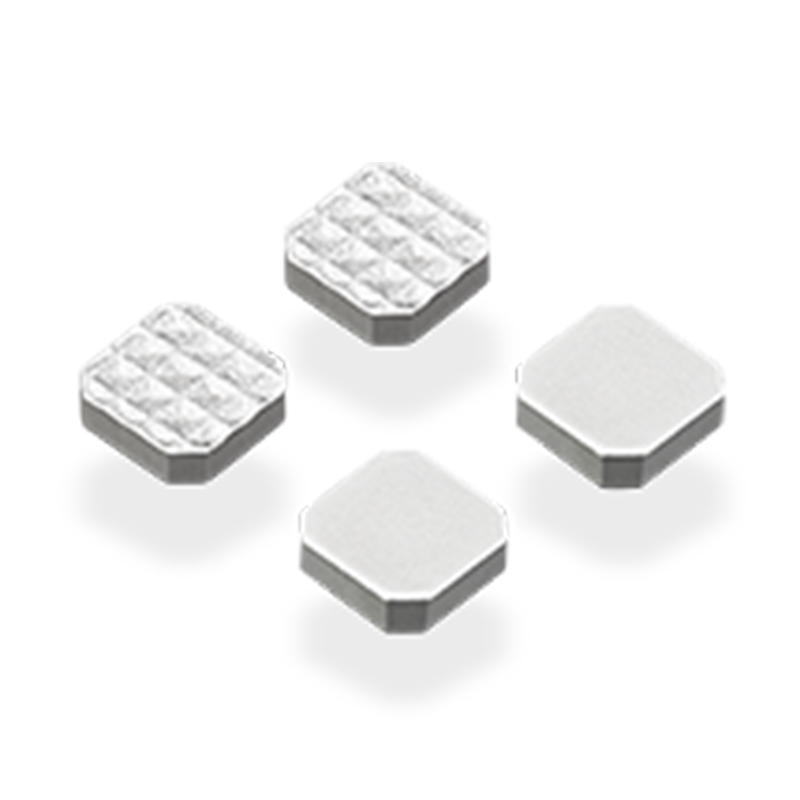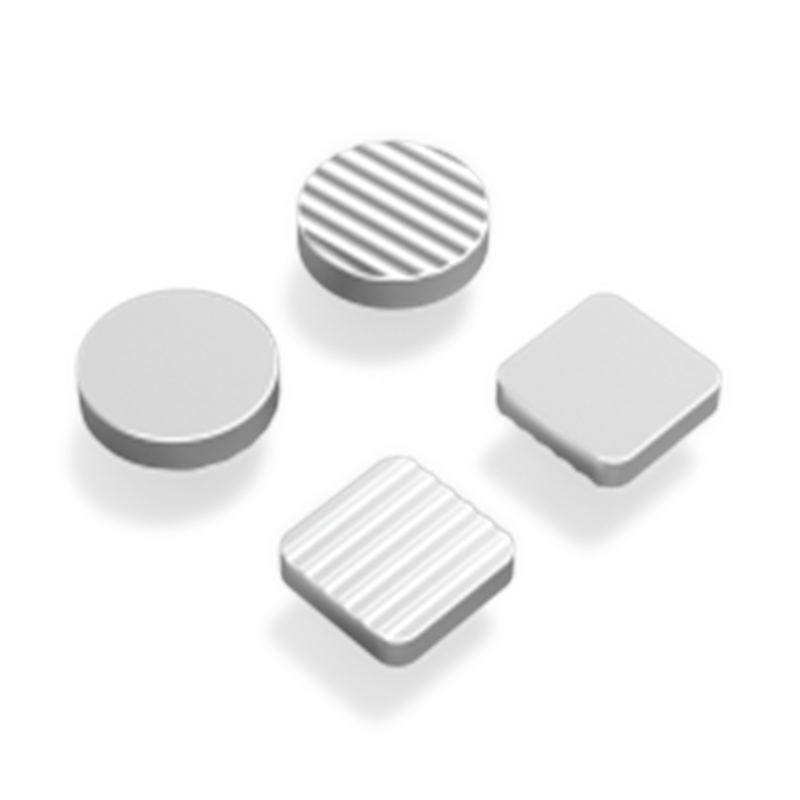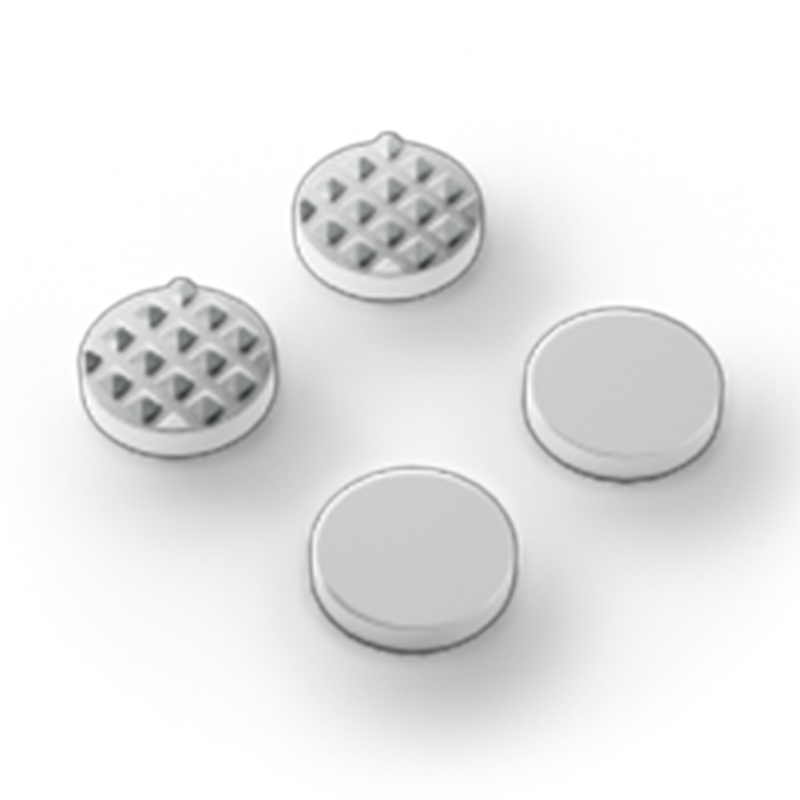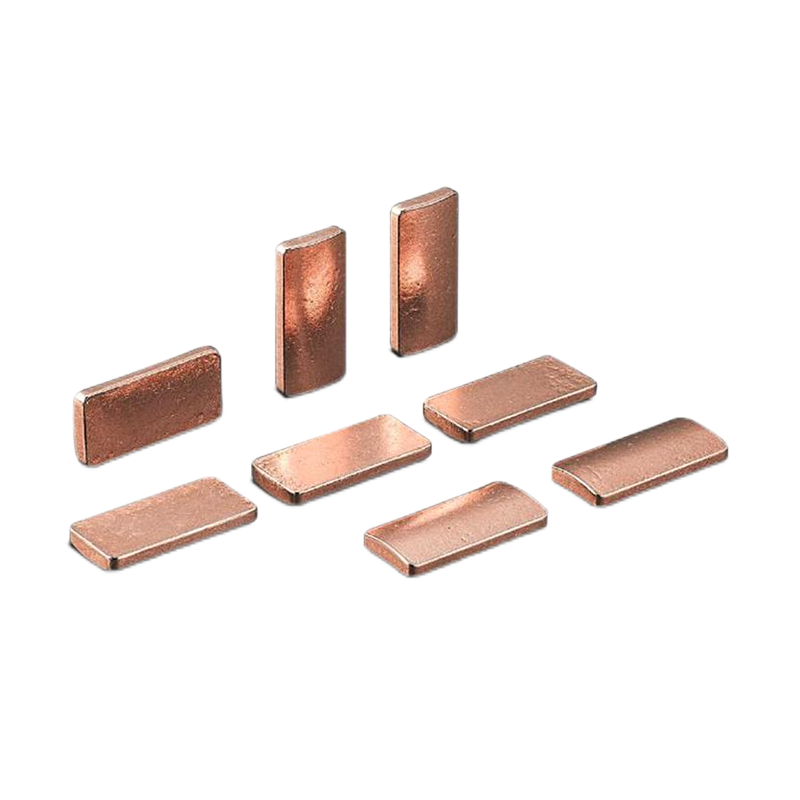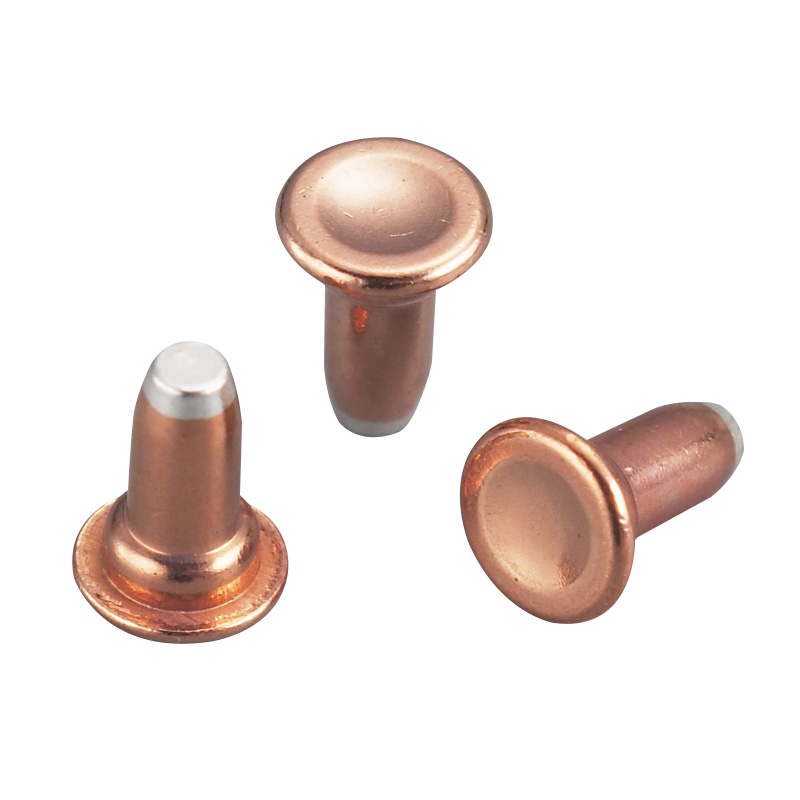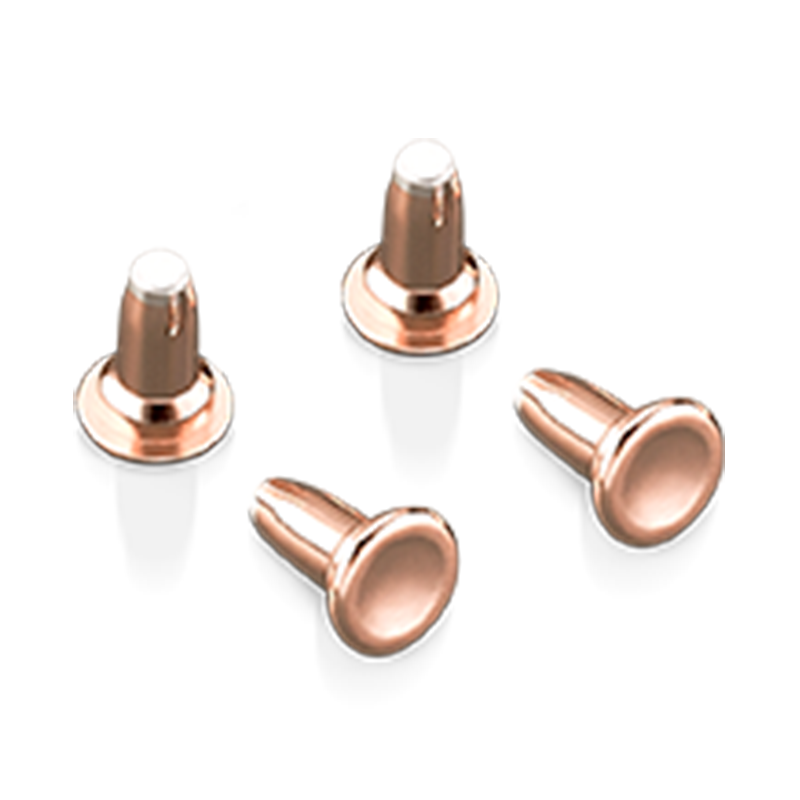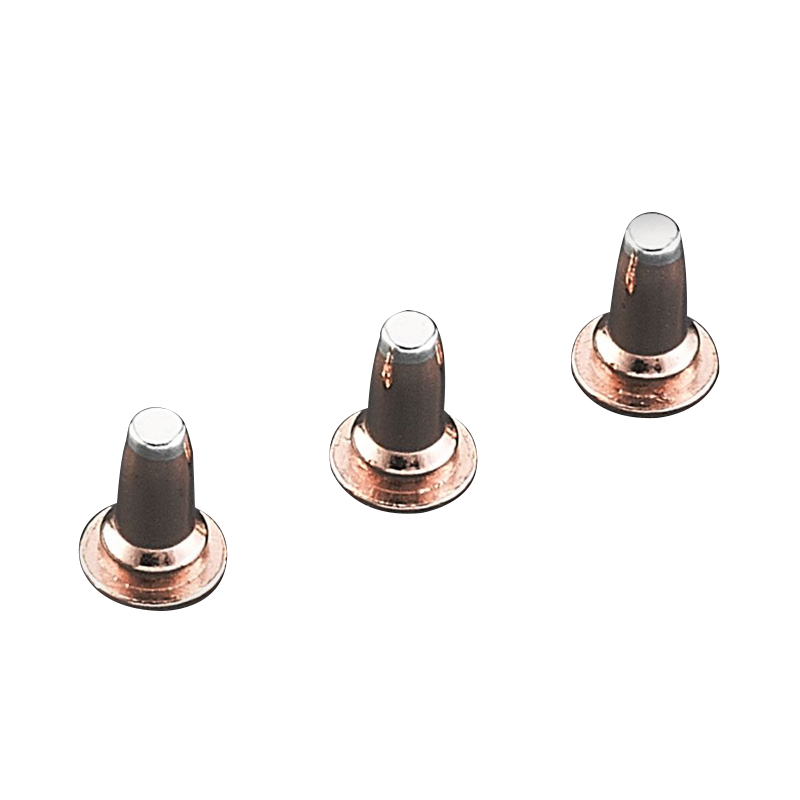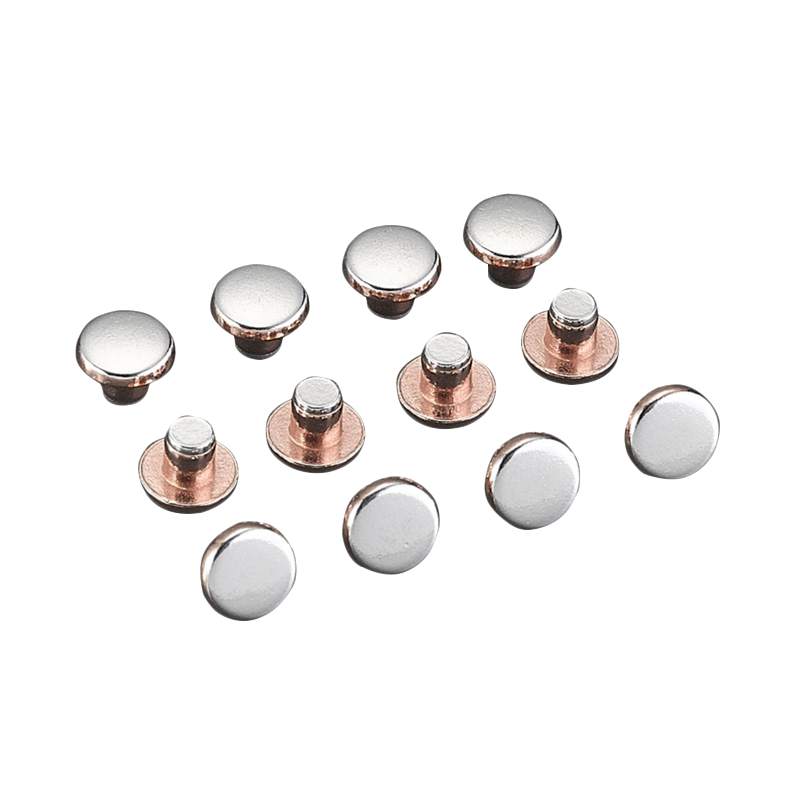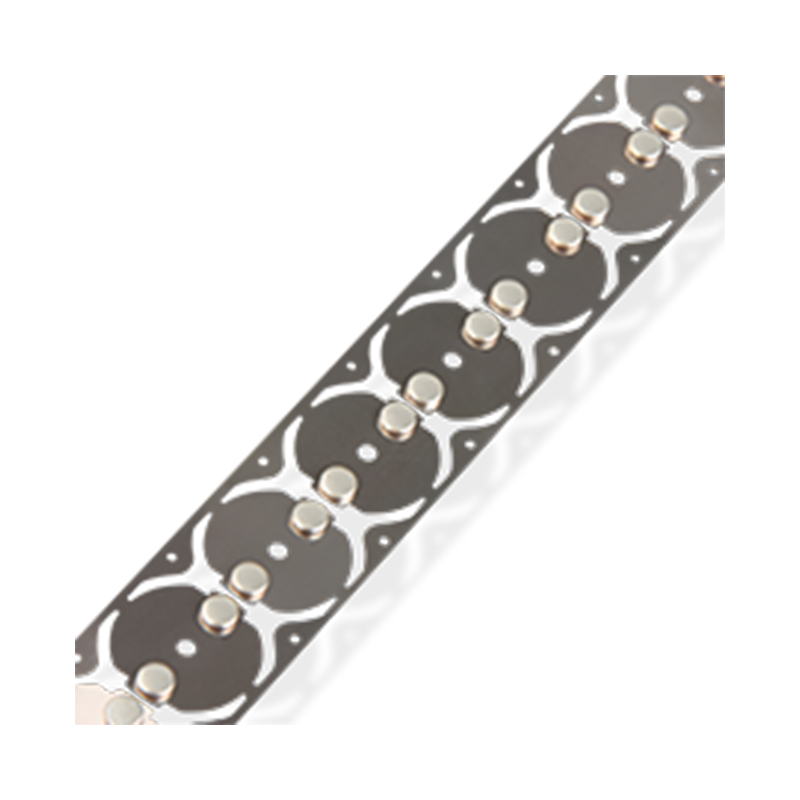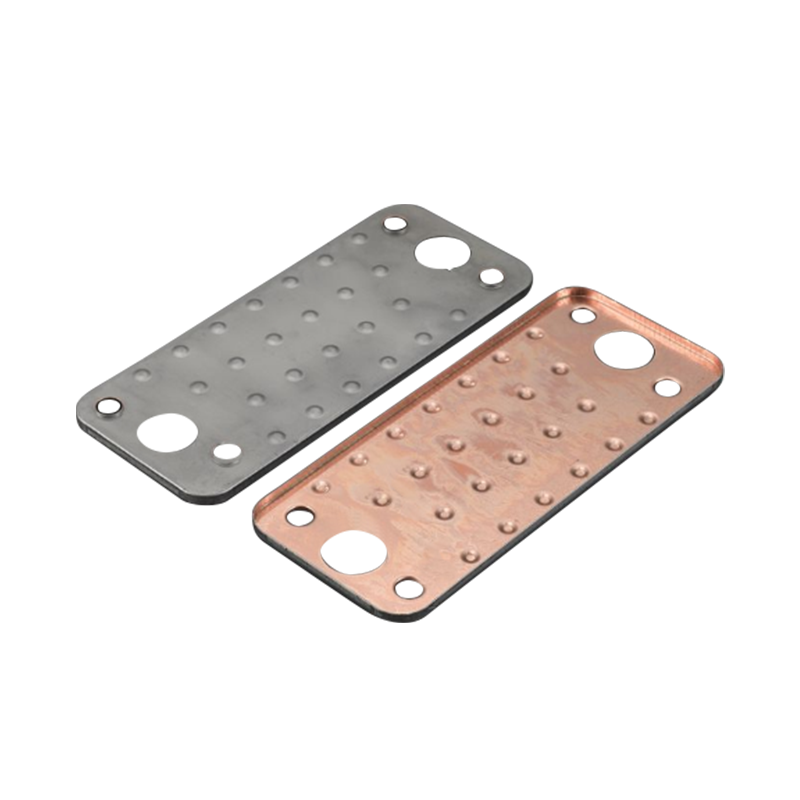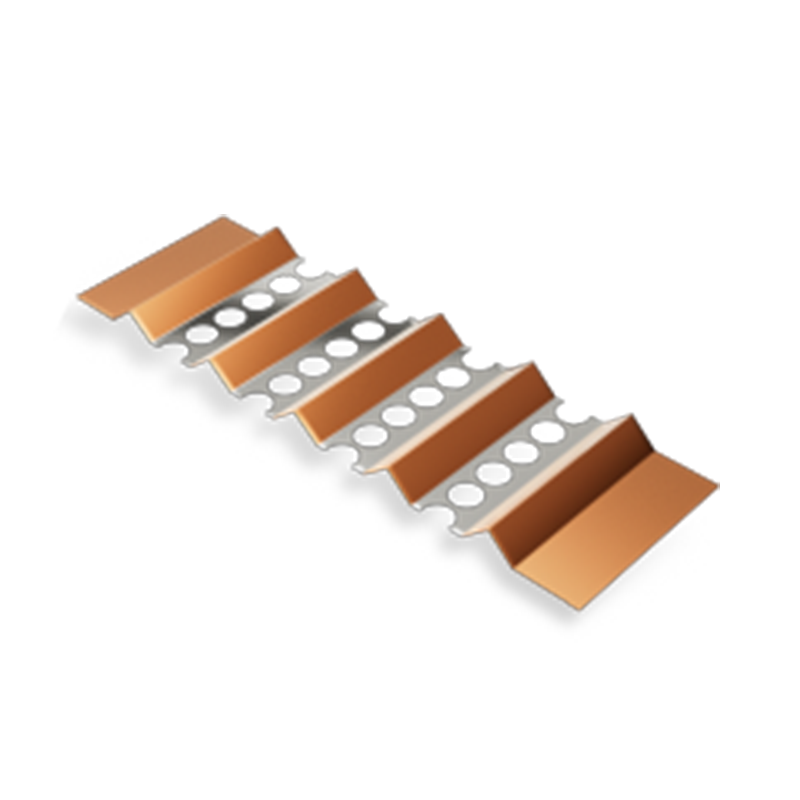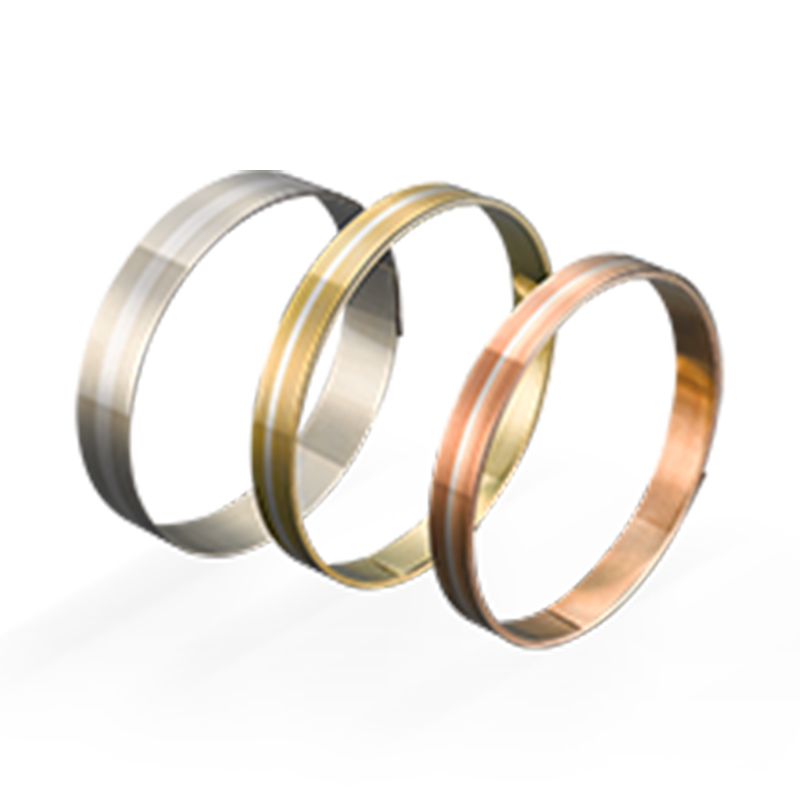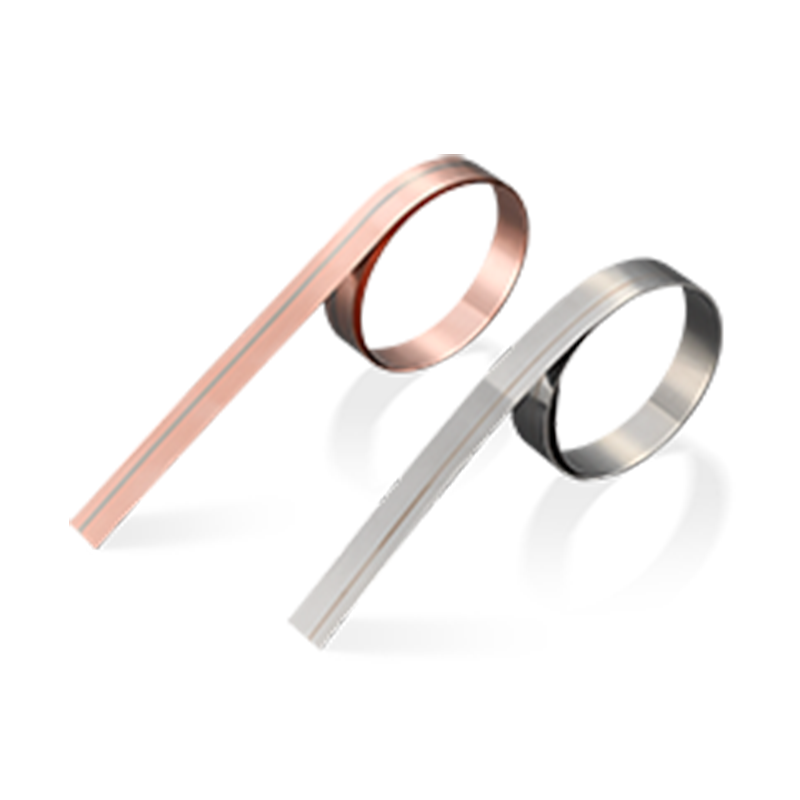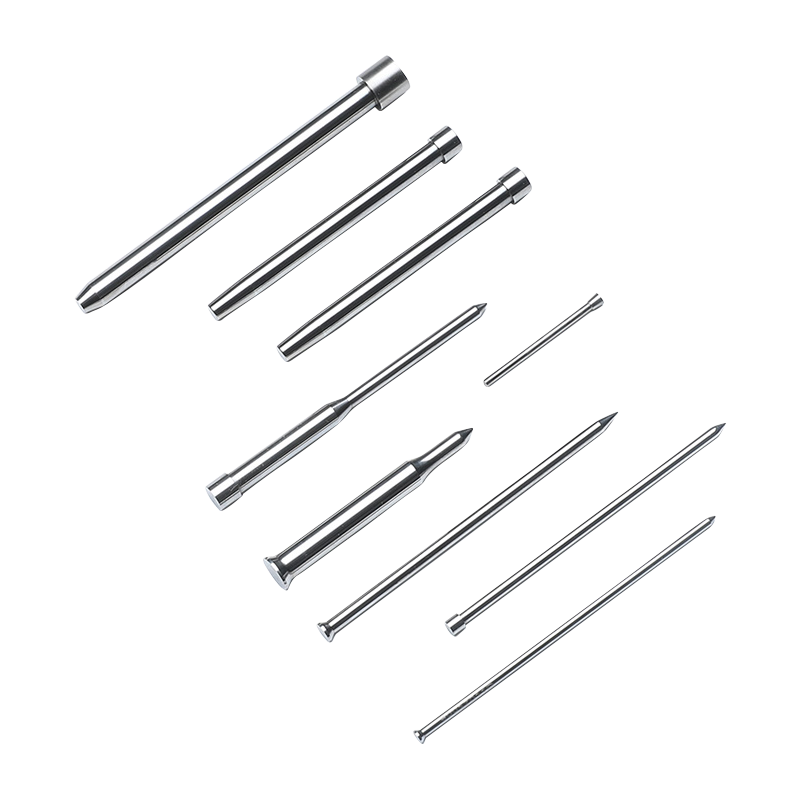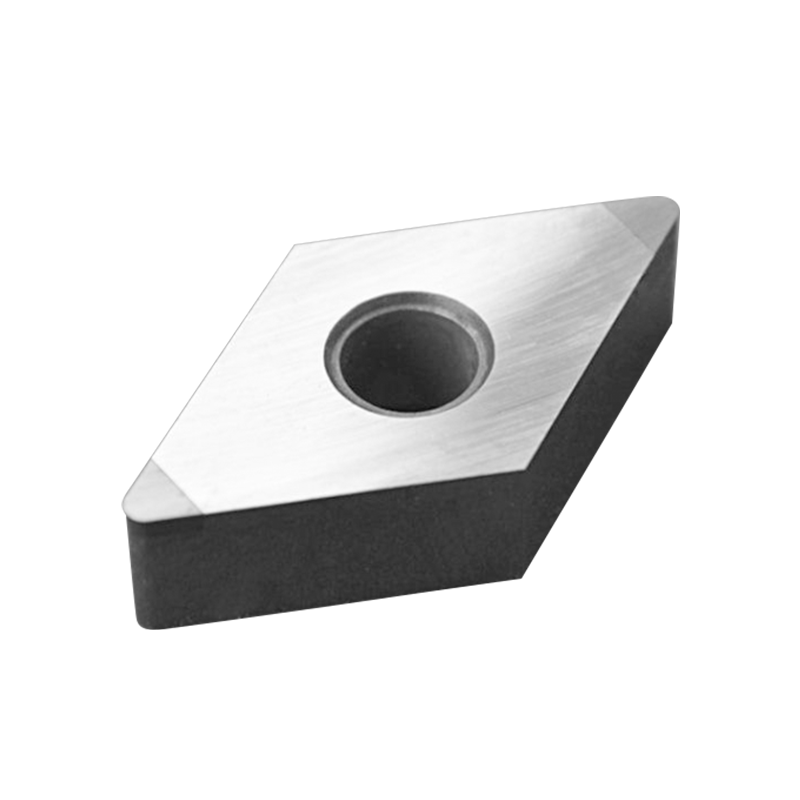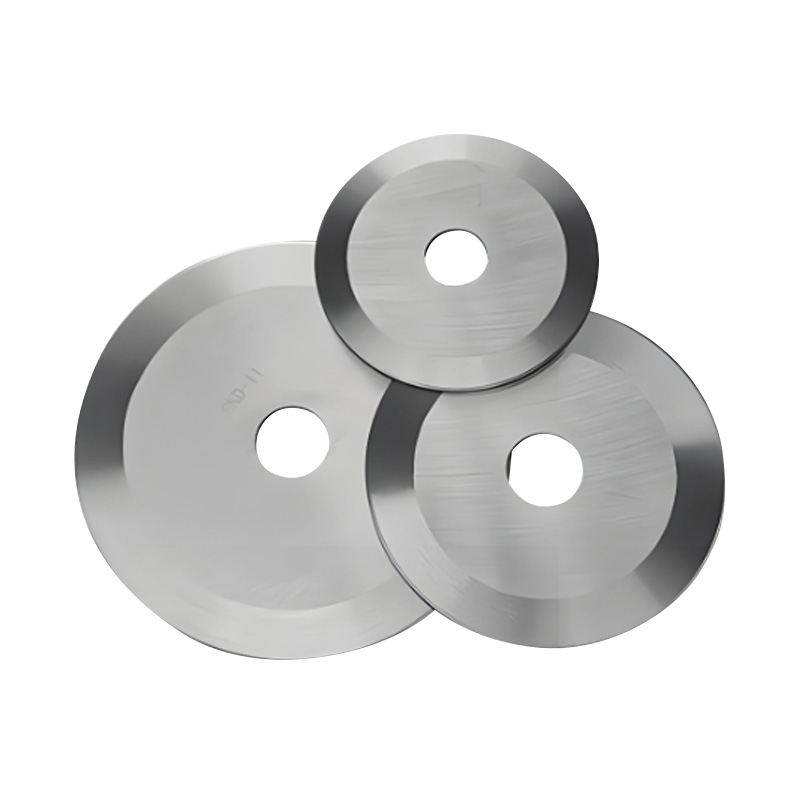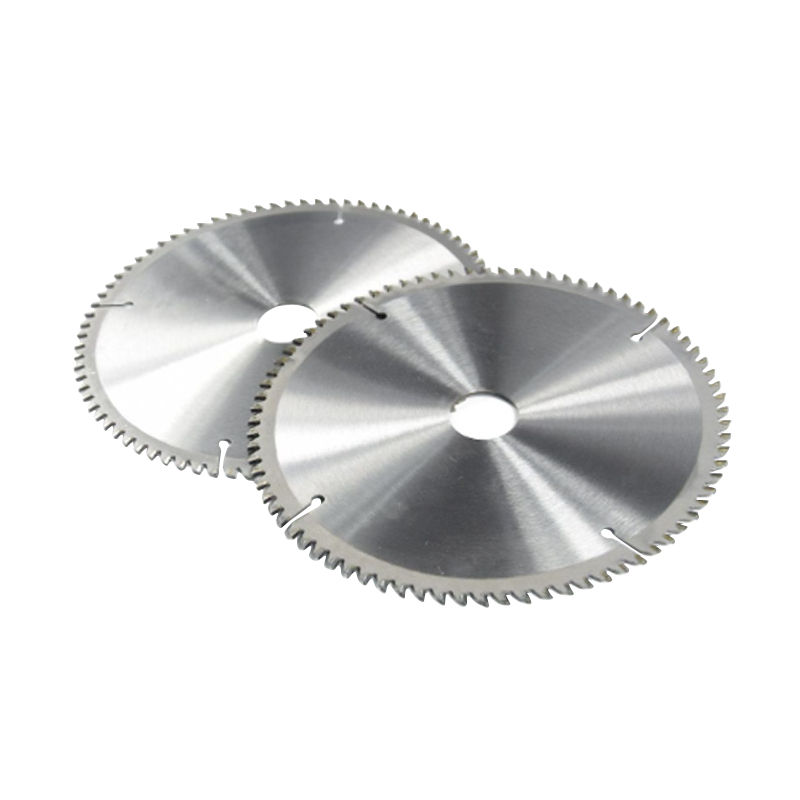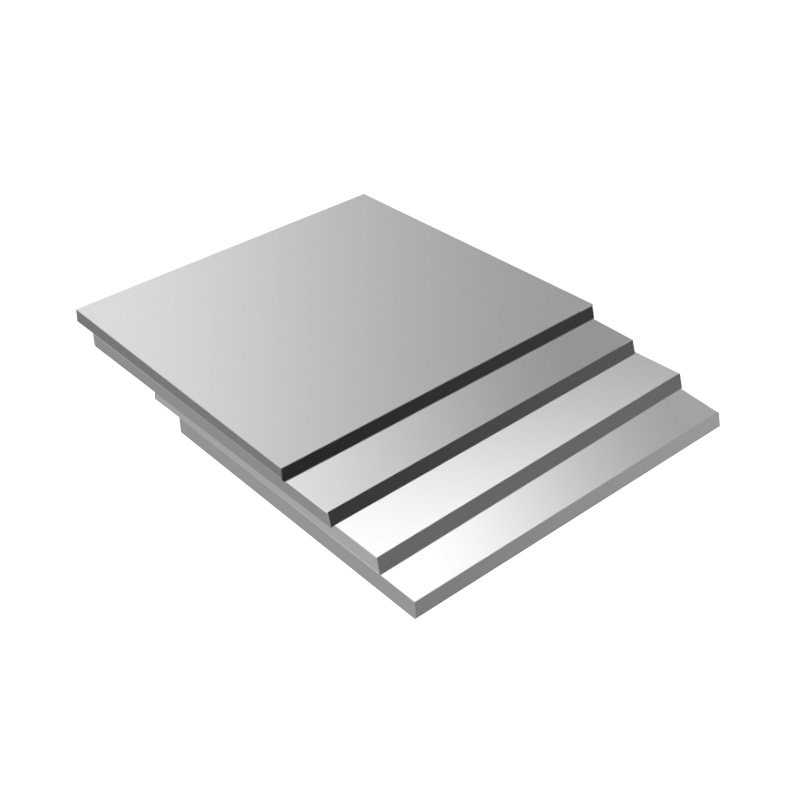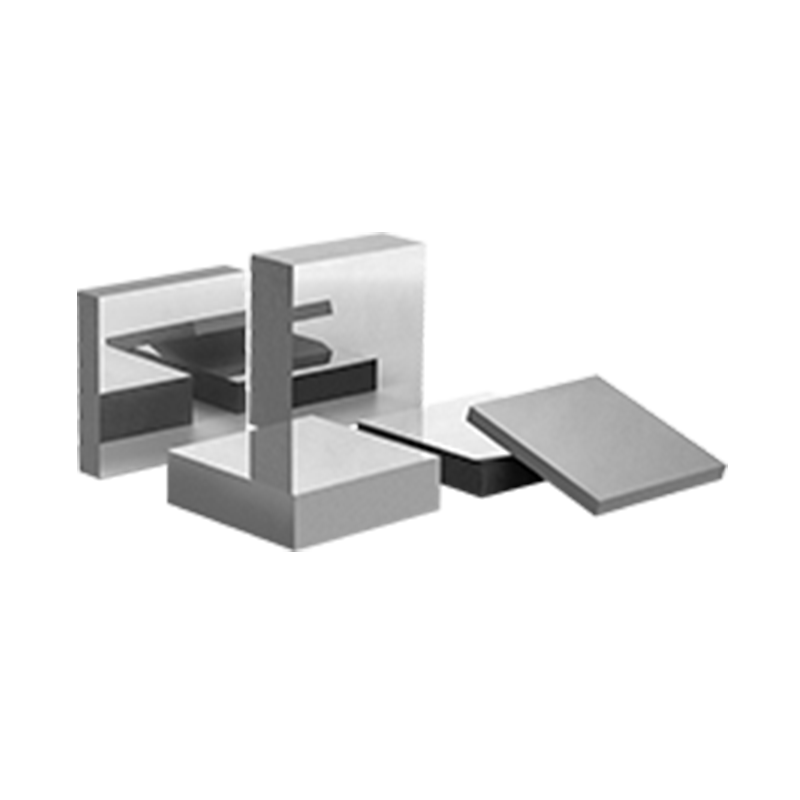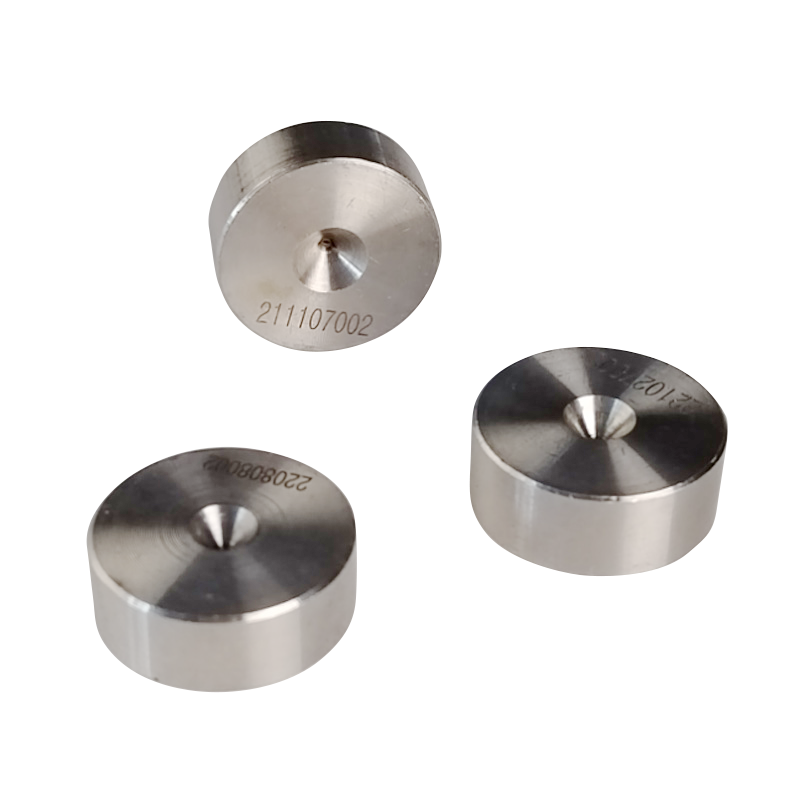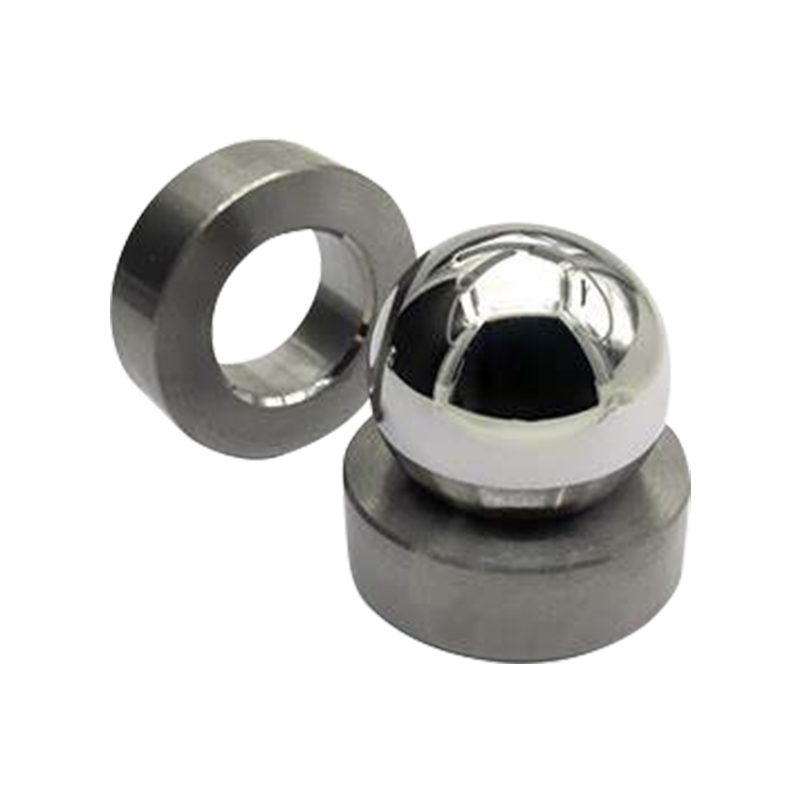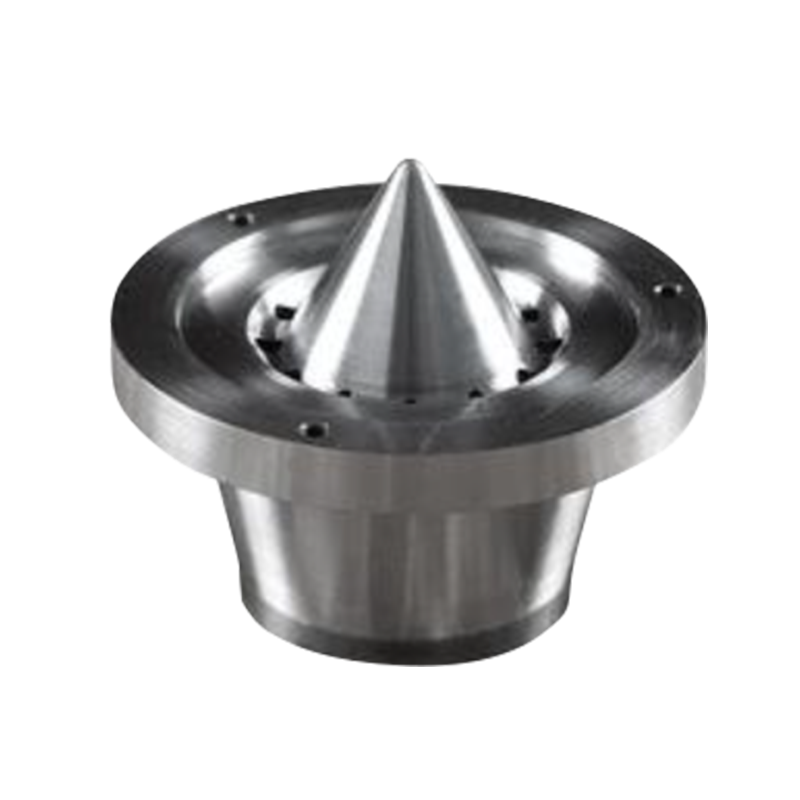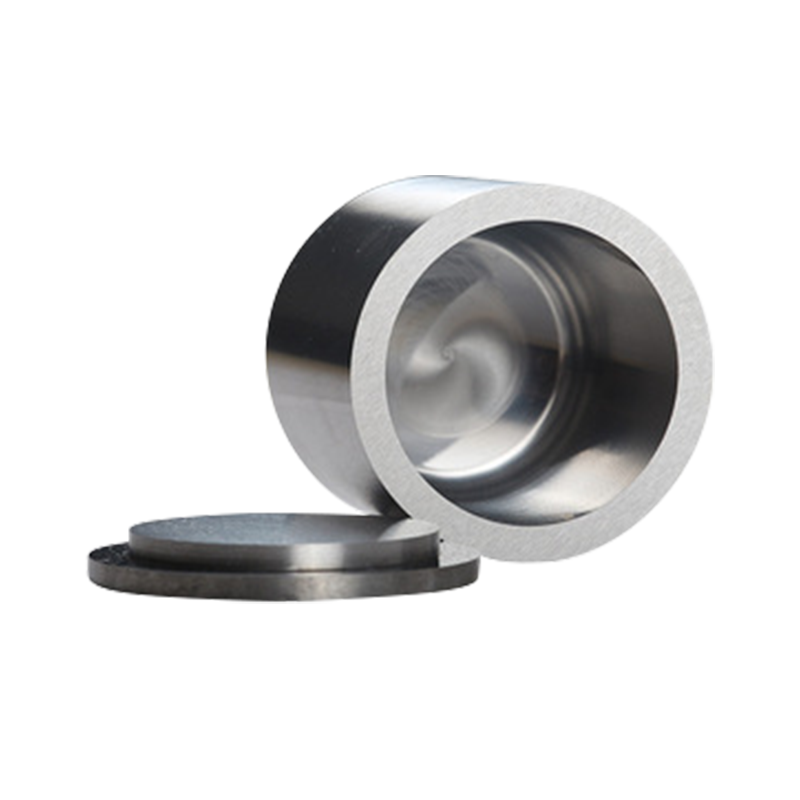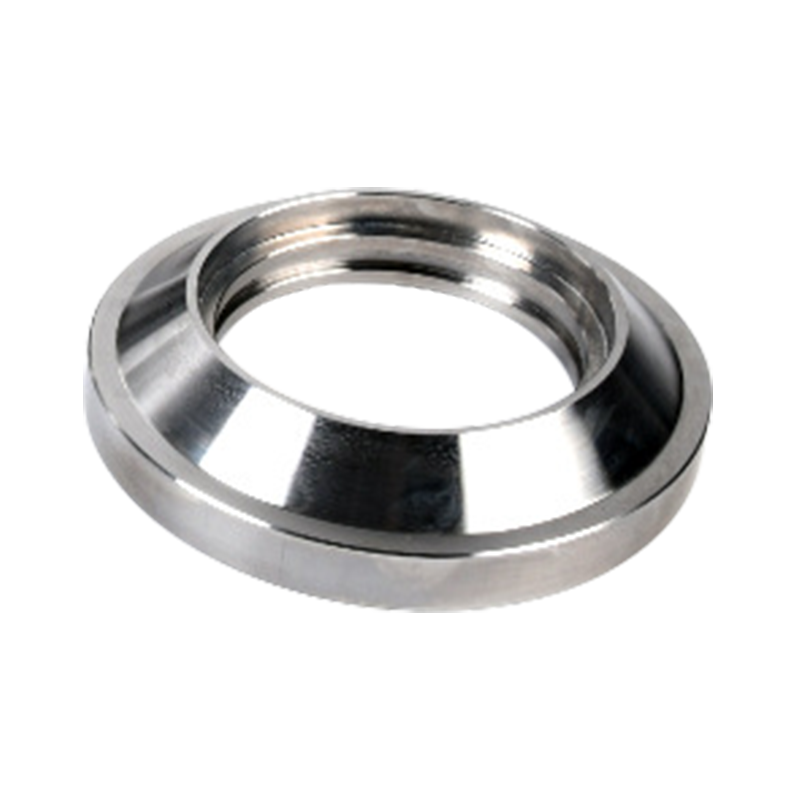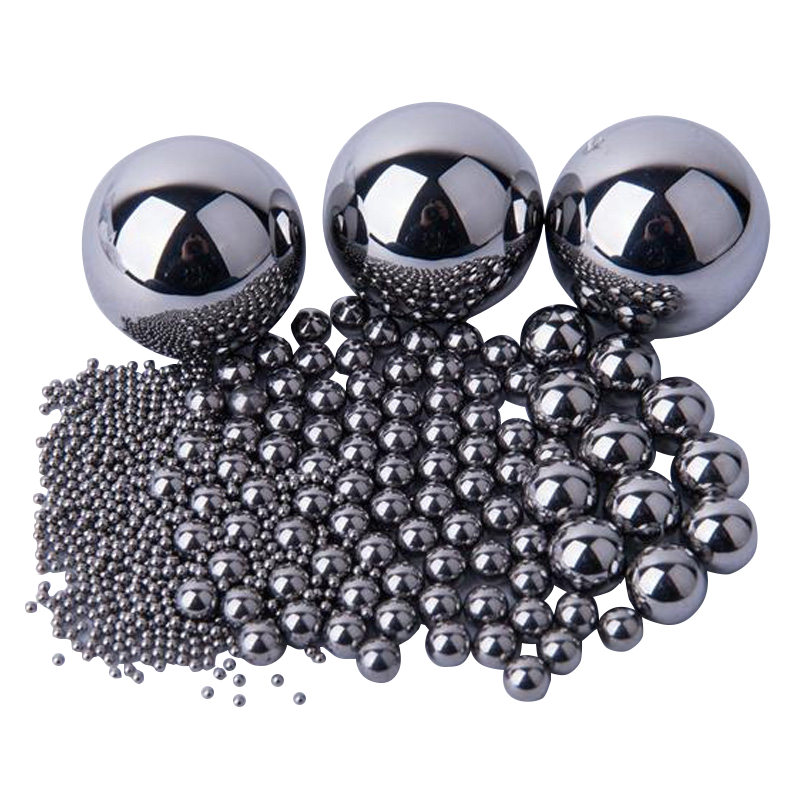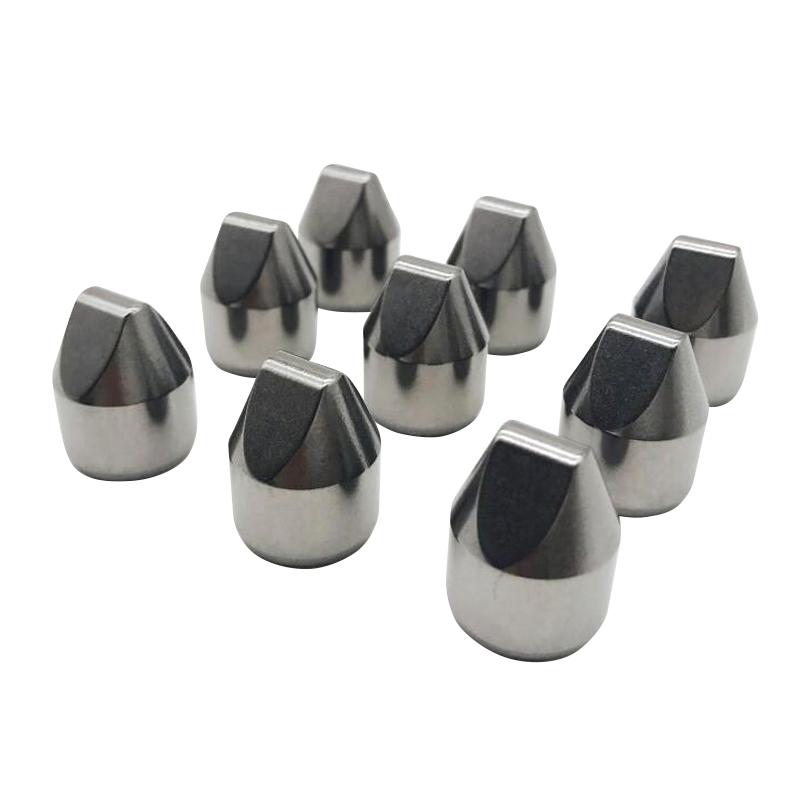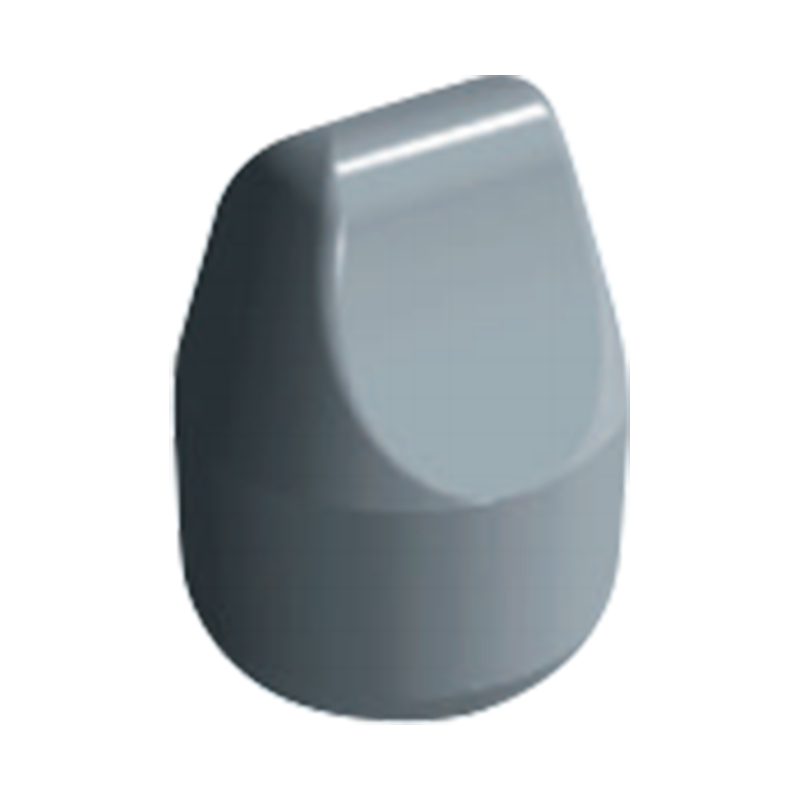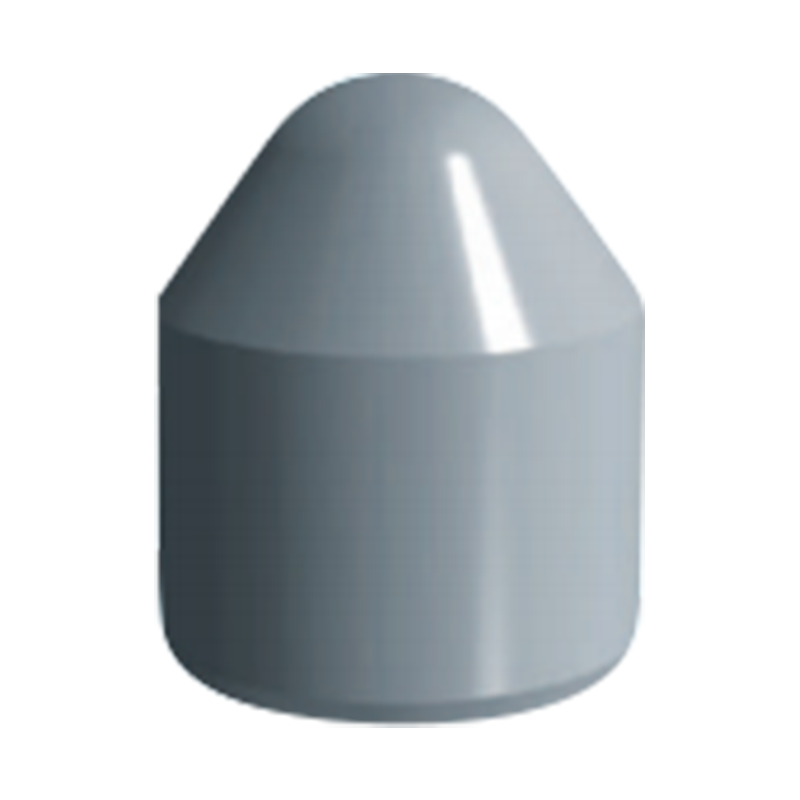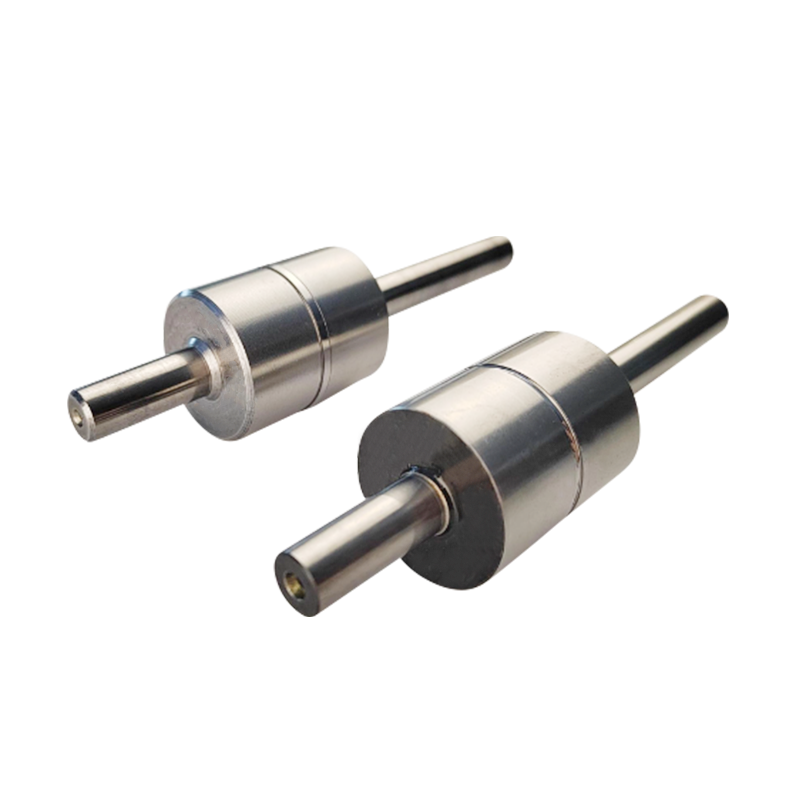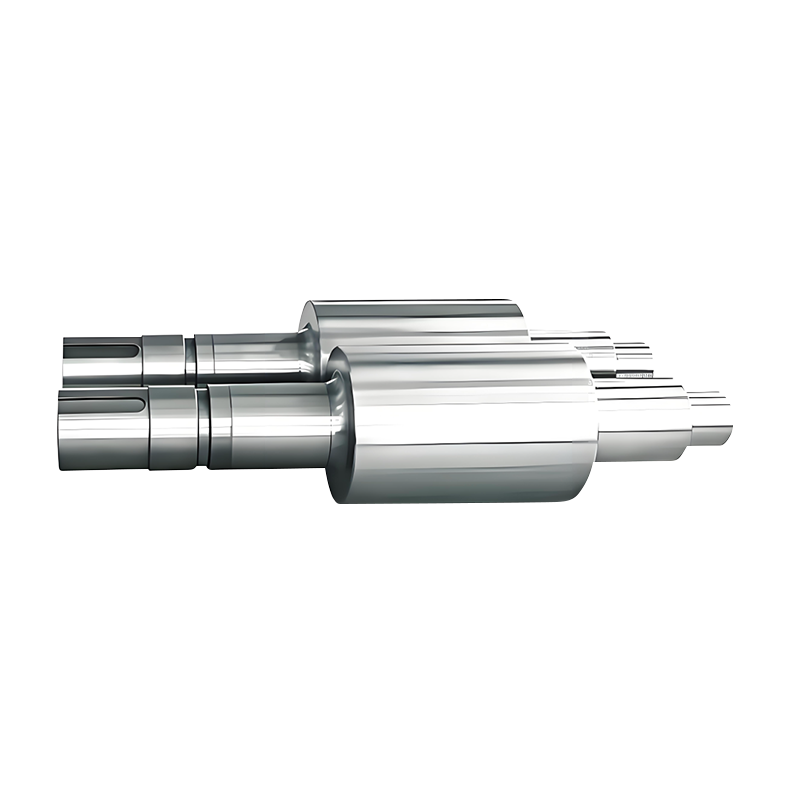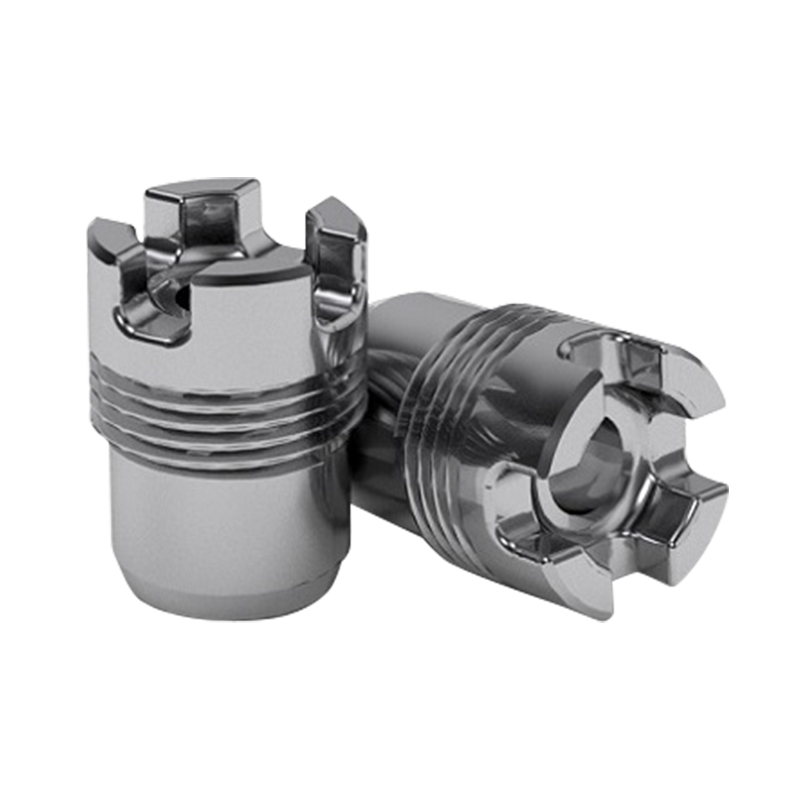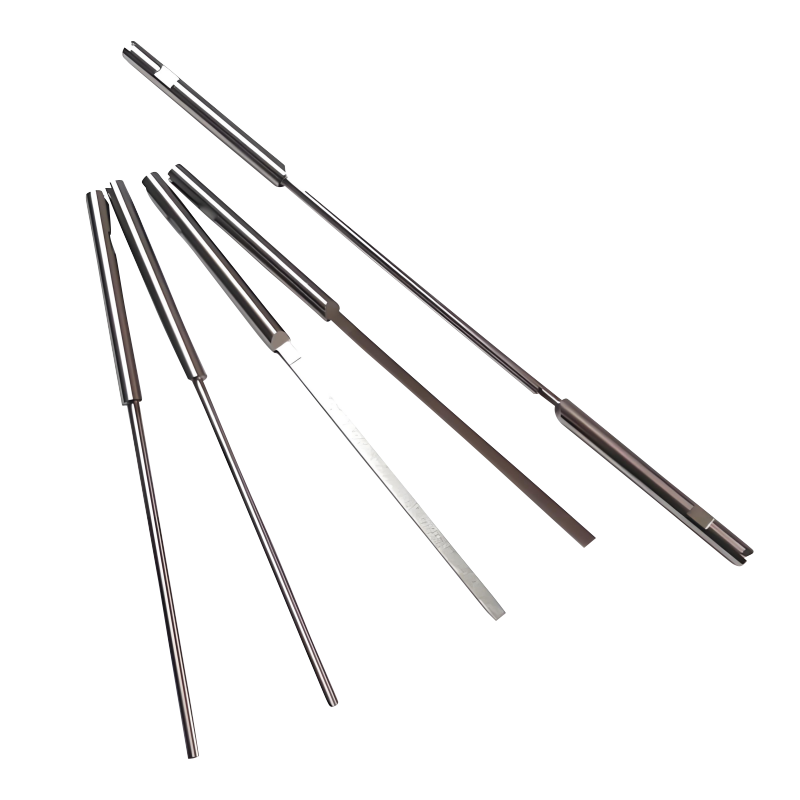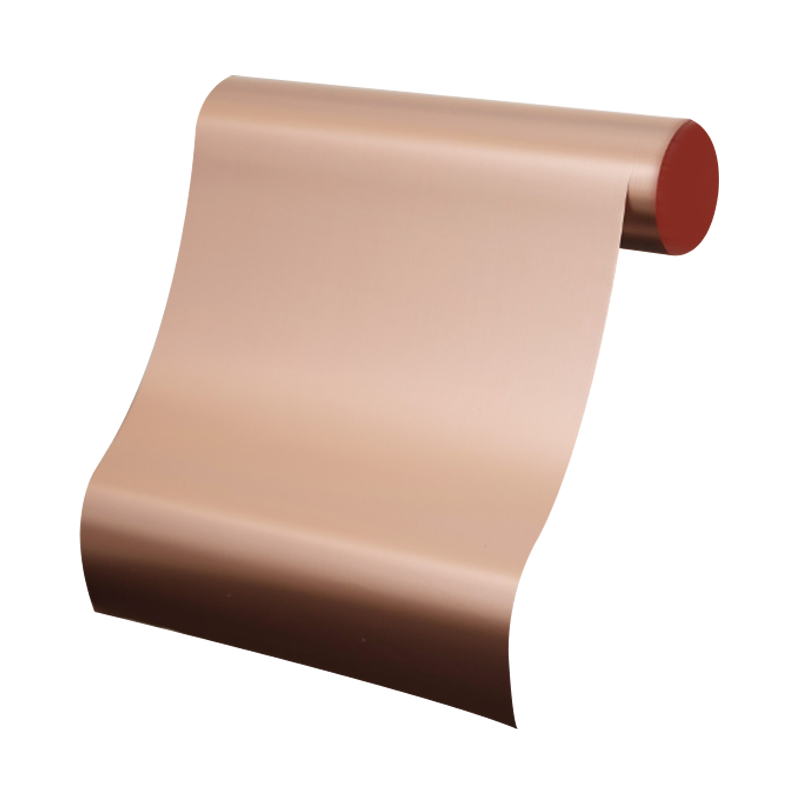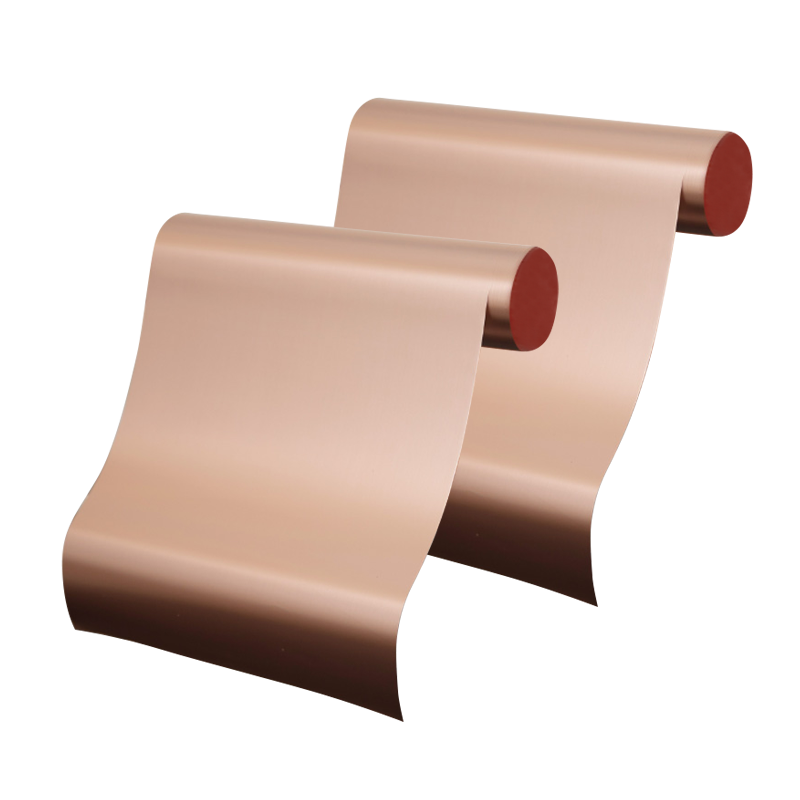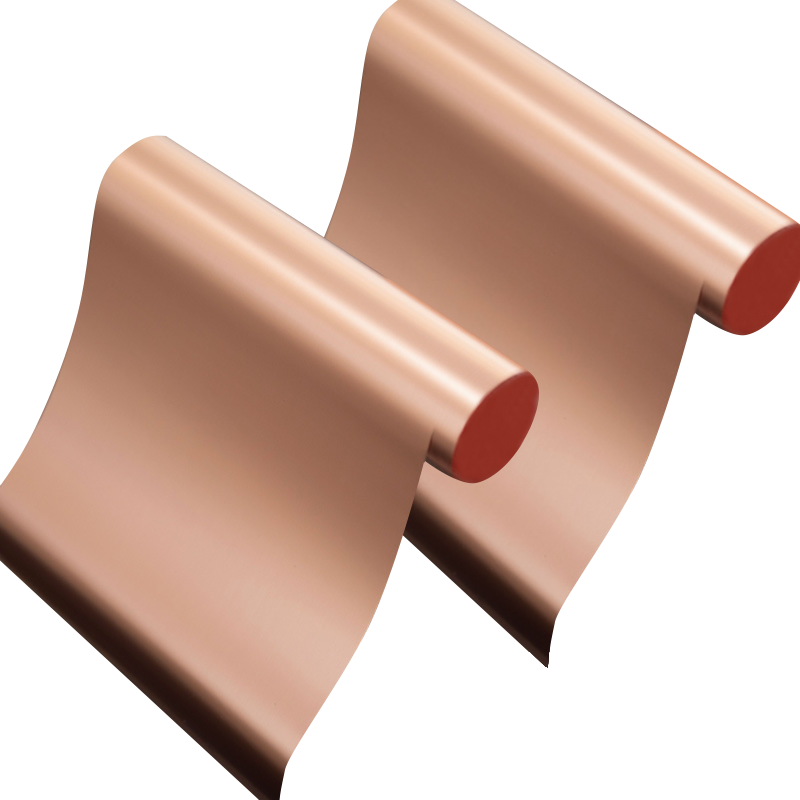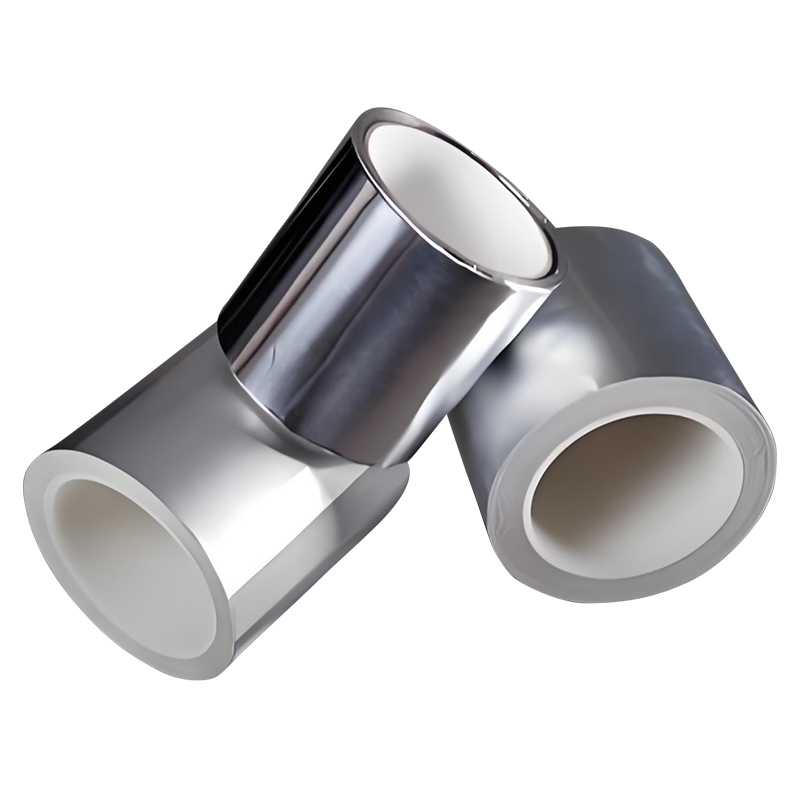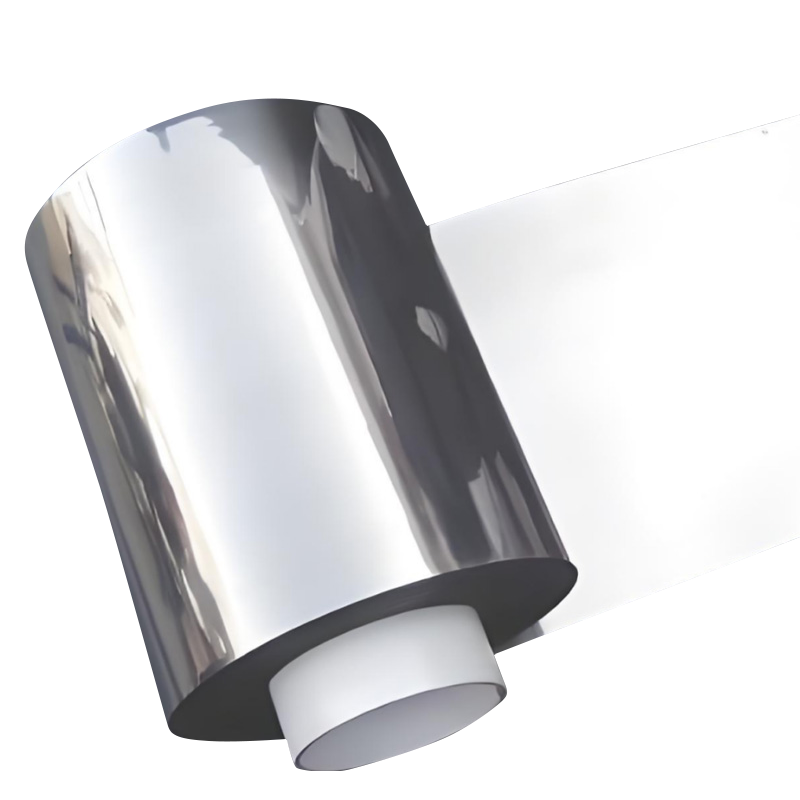If you need any help, please feel free to contact us
- Silver Alloy Electrical Contact Materials
- Copper Alloy Electrical Contact Materials
- Multi-layer Composite Materials
- Special Type Of Wire
- Thermal Bimetal Material
- Copper Steel Composite Material
- Copper Aluminum Composite Material
- Silver Copper Composite Material
- Copper Nickel Composite Material
- Aluminum Nickel Composite Material
- Aluminum Steel Composite Material
- Noble Metal Complex
Carbide Mould vs Steel Mould – Choosing the Right Tool for Precision Manufacturing
Selecting between a carbide mould and a steel mould is a critical decision that directly impacts production efficiency, part quality, and long-term operational costs. Both materials are widely used in forming and shaping applications, but their performance varies significantly depending on the working conditions and output requirements. Understanding these distinctions helps manufacturers align tooling choices with their specific production goals and material handling demands.
Carbide moulds are known for exceptional hardness, heat resistance, and wear performance. These properties make them ideal for high-volume production where maintaining consistent dimensions and surface finish over extended cycles is essential. Unlike steel, which tends to deform or wear down more quickly under repetitive stress, tungsten carbide retains its shape and cutting edge far longer. This makes carbide particularly valuable in industries such as automotive components, electronics, and precision stamping, where reliability and repeatability are key.
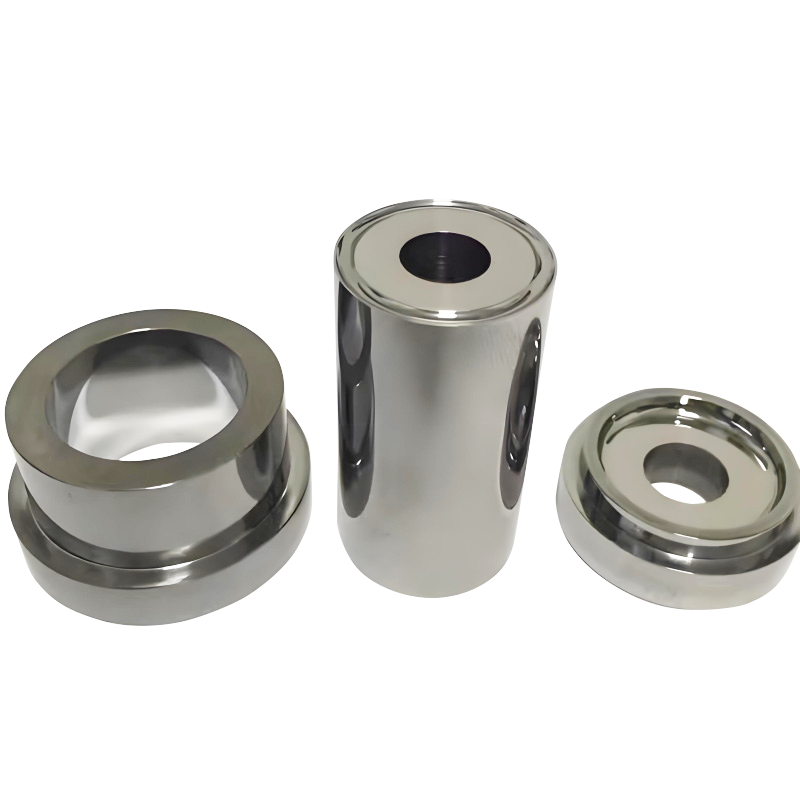
Steel moulds, while less hard than carbide, offer greater toughness and are easier to machine and modify during early-stage development or small-batch runs. Their lower initial cost makes them attractive for short production cycles or when frequent design adjustments are expected. However, this benefit often diminishes in large-scale manufacturing due to increased wear rates and the need for regular maintenance or replacement. In contrast, a well-designed carbide mould can outlast multiple steel counterparts, reducing downtime and increasing process stability.
The financial implications of choosing between carbide and steel go beyond upfront pricing. While carbide tools typically involve higher initial investment, their extended service life and minimal degradation justify the cost in high-output environments. A single carbide mould can handle millions of cycles with little loss in performance, translating into fewer replacements and less disruption in workflow. For operations focused on maximizing uptime and minimizing tool-related variability, the long-term value of carbide becomes clear.
From a production standpoint, machining carbide requires advanced techniques and specialized equipment. Traditional cutting methods used for steel are often unsuitable for carbide due to its extreme hardness. Precision grinding, EDM, and diamond tooling are commonly employed to shape and finish carbide moulds. While this adds complexity to the manufacturing process, it ensures that the final product delivers superior dimensional accuracy and durability—traits that support consistent, high-quality output across demanding applications.
Industries that rely on fine detail, tight tolerances, and long production runs increasingly favor carbide solutions. The ability of a carbide mould to maintain its integrity under high pressure and temperature gives manufacturers confidence in repeatable results. As production standards rise and component designs become more intricate, the advantages of carbide in wear resistance and thermal stability become even more pronounced. This shift reflects broader trends toward automation and lean manufacturing, where tool longevity and consistency play a central role.
At our facility, we specialize in delivering high-performance carbide moulds designed to meet the evolving needs of modern manufacturing. With years of experience in material science and precision tooling, we help clients evaluate whether carbide or steel best suits their application. Whether you're looking to reduce tooling frequency, improve part quality, or scale up production efficiently, our team supports informed decisions based on real-world performance data and industry-specific expertise.
- Tel:
+86-18857735580 - E-mail:
[email protected]
- Add:
No. 5600, Oujin Avenue, Wenzhou Marine Economic Development Demonstration Zone, Zhejiang Province, China
Copyright © Wenzhou Hongfeng Electrical Alloy Co., Ltd. All Rights Reserved. Metal Composite Materials Manufacturers

 en
en English
English Deutsch
Deutsch

